Vincent van Gogh, then 30 years old, arrived in Nuenen on December 5, 1883, traveling by train from Nieuw-Amsterdam in the province of Drenthe to the former railway station in Nuenen. He stayed with his parents in the rectory. Vincent did not feel at all welcome. In letter 413 written on December 15, 1883 he wrote: "There's a similar reluctance about taking me into the house as there would be about having a large, shaggy dog in the house. He'll come into the room with wet paws - and then, he's so shaggy. He'll get in everyone's way; and he barks so loudly; in short - it's a dirty animal."
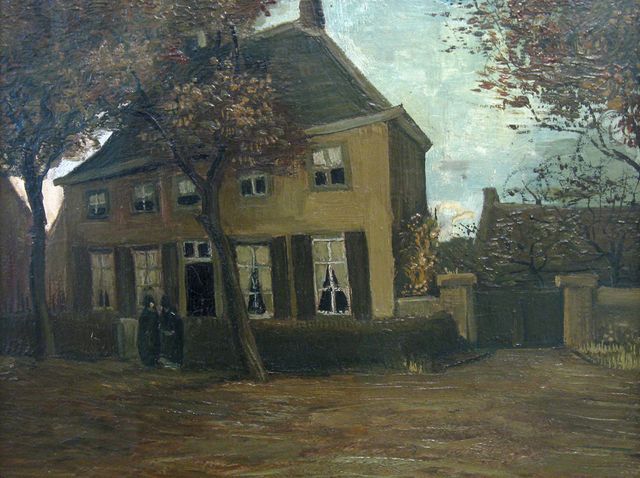
Father Theodorus van Gogh set up a small studio for Vincent in the washhouse at the back of the rectory. Vincent didn't work here for long because by May 1884 the many arguments he had with his father caused him to look for another place to work.
He found a new studio at the home of Johannes Schafrat who was the verger at the catholic Clemenskerk church in Nuenen. The verger's house stood on the left of the church but was demolished in 1936. After the death of his father, Vincent went to live in the studio and it was here that he painted the Potato Eaters.

Vincent's father was the minister in Nuenen from August 1882 until his death on March 26, 1885. Vincent painted a picture of the small church where his father was the preacher and it has an unusual personal connection. He painted it for his mother who was confined to bed following an accident and could not go to church. Later, after his father's death Vincent adapted the painting by adding peasants in mourning clothes. The painting was stolen from the Van Gogh Museum in 2002 and was found in the vicinity of Naples in Italy in 2016.

Vincent chose to feature the hard living conditions of peasants and weavers in the paintings he made in Nuenen. The time he spent in Nuenen is one of the most important and productive periods of his life.
He produced a quarter of his entire oeuvre between December 1883 and November 1885. No fewer than 24 buildings and landscapes remind us of his time in Nuenen; 14 of which were painted or sketched by him. Several landscapes in the immediate vicinity still exude the atmosphere of his time.
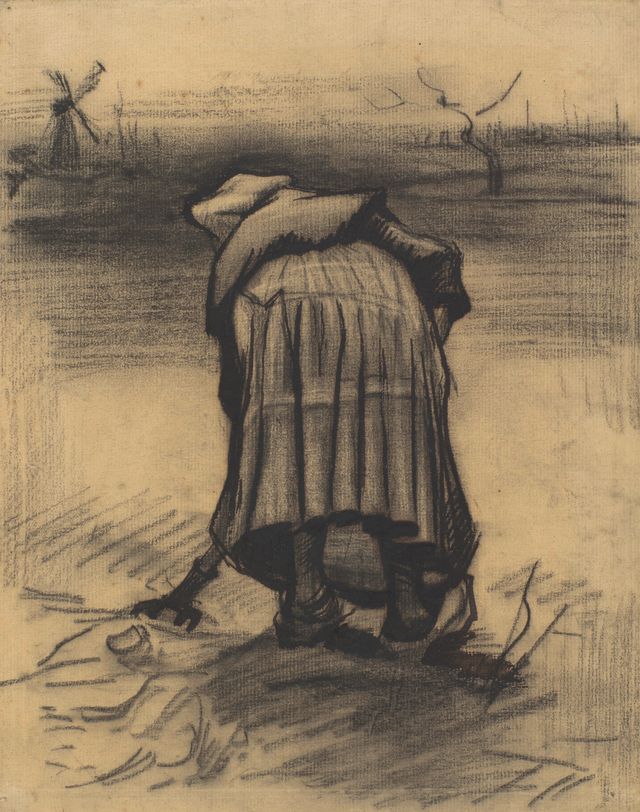
In the spring of 1884 Vincent fell in love with his neighbor Margot Begemann who was 12 years older than him. She was the youngest daughter of Minister Begemann, the predecessor to Minister Van Gogh.
She helped Vincent take care of his mother who was confined to bed after a fracture and they fell in love with each other. Vincent's father and mother, as well as the three older unmarried Begemann sisters were all opposed to the relationship.
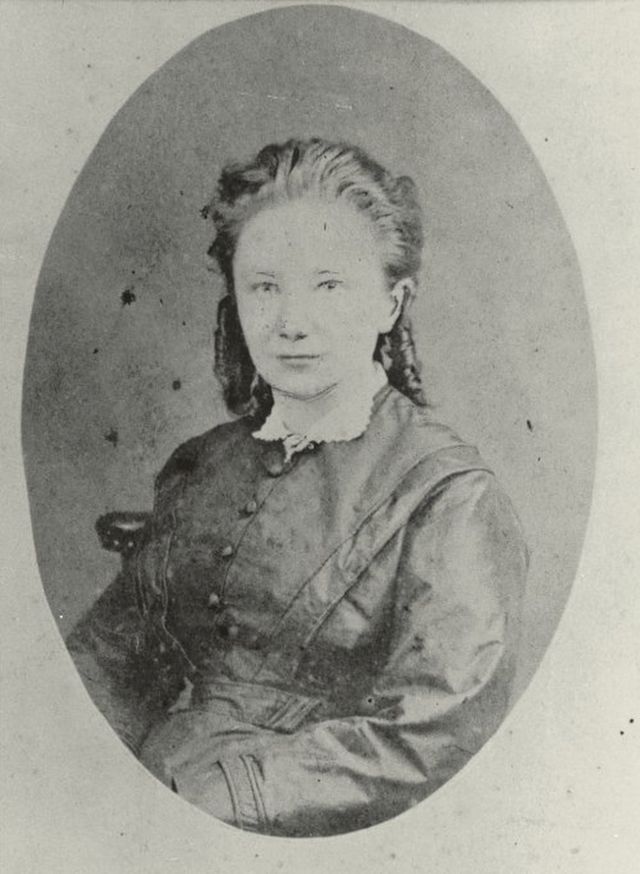
Van Gogh hoped that a large work featuring several people would help prove himself to the outside world. Paintings of peasants having their daily meal were popular at that time. He practiced for months painting heads, and many studies preceded the Potato Eaters. He was satisfied with the result but his brother Theo and his artist friend Anthon van Rappard were very critical of his work.

Vincent made regular visits to Eindhoven, mostly to buy painting materials and also to visit his artist friends Willem van de Wakker, Anton Kerssemakers, Dimmen Gestel and Antoon Hermans. He often found subjects for his paintings and drawings on the way: the watermill at Kollen, the Martinus Church in Tongelre, the railway sheds at the old station in Eindhoven, the Catharinakerkerk church and the telegraph office.
Artist friends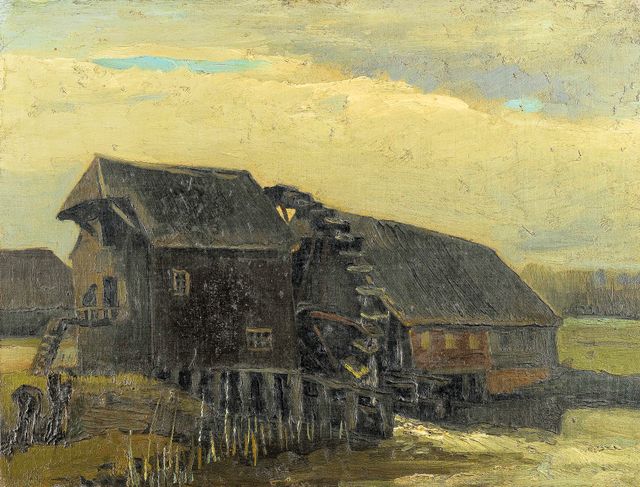
On November 24, 1885 Vincent left for Antwerp. Various paintings and drawings he left behind with his family were lost when his mother and sister Willemien moved to Breda early in 1886.
Various important paintings from his Nuenen period can be seen in the Van Gogh Museum in Amsterdam and the Noordbrabants Museum in 's-Hertogenbosch.
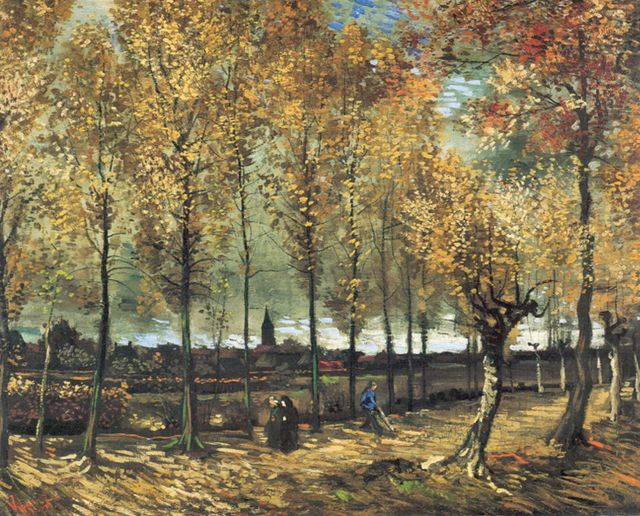
"I mean the breaking of the colors, red with green, blue with orange, yellow with violet. Always how the complementary colors go together, their influence on each other. Of which nature is as full as of light and shade. "
Letter 528, Vincent Van Gogh to Anthon van Rappard